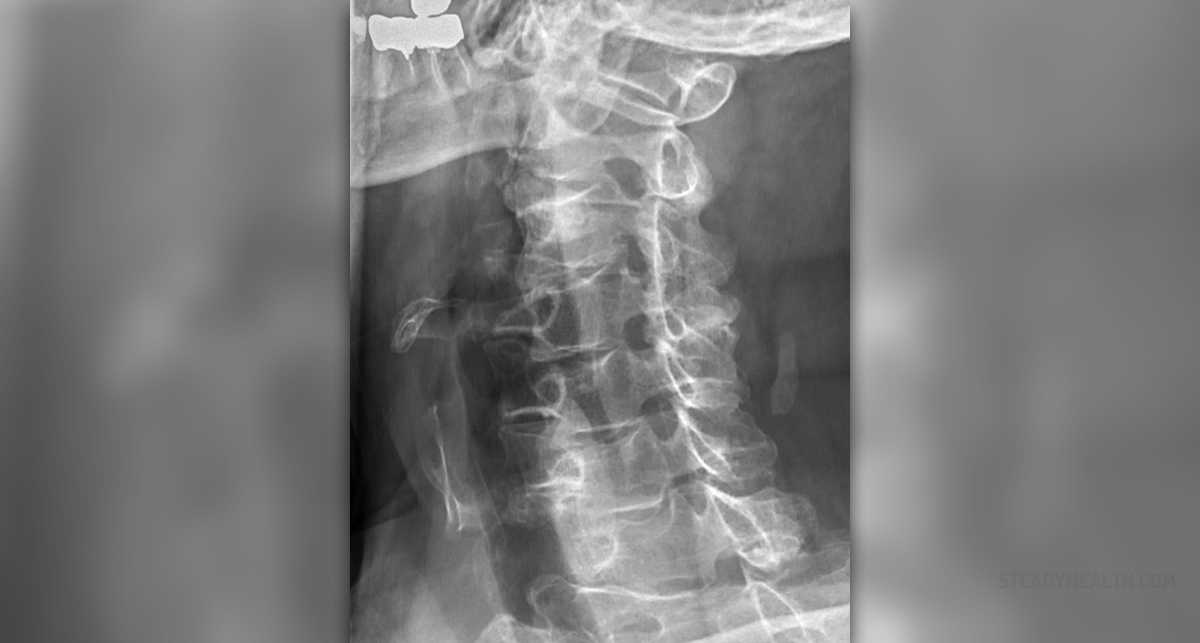
Radiculopathy
This name is associated with the compressed spine nerve, which causes tingling, numbness, weakness and pain in the area around the nerve. The most common location for this problem is in the lower back and neck, but generally, it can happen at any location. The middle area of the spine is usually avoided by this problem. People who are active in contact sports or heavy labor are very prone to this problem, but also, if the problem was present in the family, the chances are you may also have this problem, since it can run in the family. There are several reasons for the creation of this problem. One of them is the irritation or compression of the nerves. These nerves can be found in the exit of the spine, where the irritation usually occurs. Disk herniation can also cause this problem, along with bone spur and ligament thickening. Another rare cause is the nerve mechanical compression, produced by the infection or a tumor. Compression can also happen because of the scoliosis. Diabetes can affect the blood flow in the spinal nerves and cause the problem in this way. Trauma and degeneration are the last causes we will mention.
Symptoms
This problem can affect different nerves, thus producing different symptoms. Chest and abdomen muscles are controlled by the nerves located on the middle area of the back, while neck and arm muscles are controlled by the nerves that exit from the neck. The ones located on the lower back area, are in charge of legs and buttock muscles control. They are also responsible for the sensations in the area they control. The problem called sciatica is associated with lumbar radiculopathy, which provokes pain in lower extremities. The most common problem of this condition is pain. Pain in the back, which goes to chest area, is associated with thoracic radiculopathy. In some cases, even a light touch can provoke pain in the affected area.
Diagnosing the problem
When you visit a doctor with the symptoms we have mentioned, he will perform a physical examination and inquire about medical history, in order to diagnose radiculopathy. He or she will also ask about the symptoms and the ways they are worsen and reduced, in other words, what reduces and what worsens the symptoms. When the questions are answered, the doctor will know which nerve is affected, while physical examination will tell about the abnormalities of the muscle strength, reflexes and sensation. In order to look for the source, MRI and X-rays are done. CT scan is also an option.
When the case is serious, surgery is done. It will eliminate the pressure. There are two types of surgery used and they are discectomy and laminectomy. Discectomy is connected with the removal of the herniated disk area, while laminectomy removes bone area around the nerve. The prevention of the problem can be done if you maintain good condition of the muscles, look after the weight and straining the back and neck. The treatment of this problem is very successful.

















Your thoughts on this
Loading...